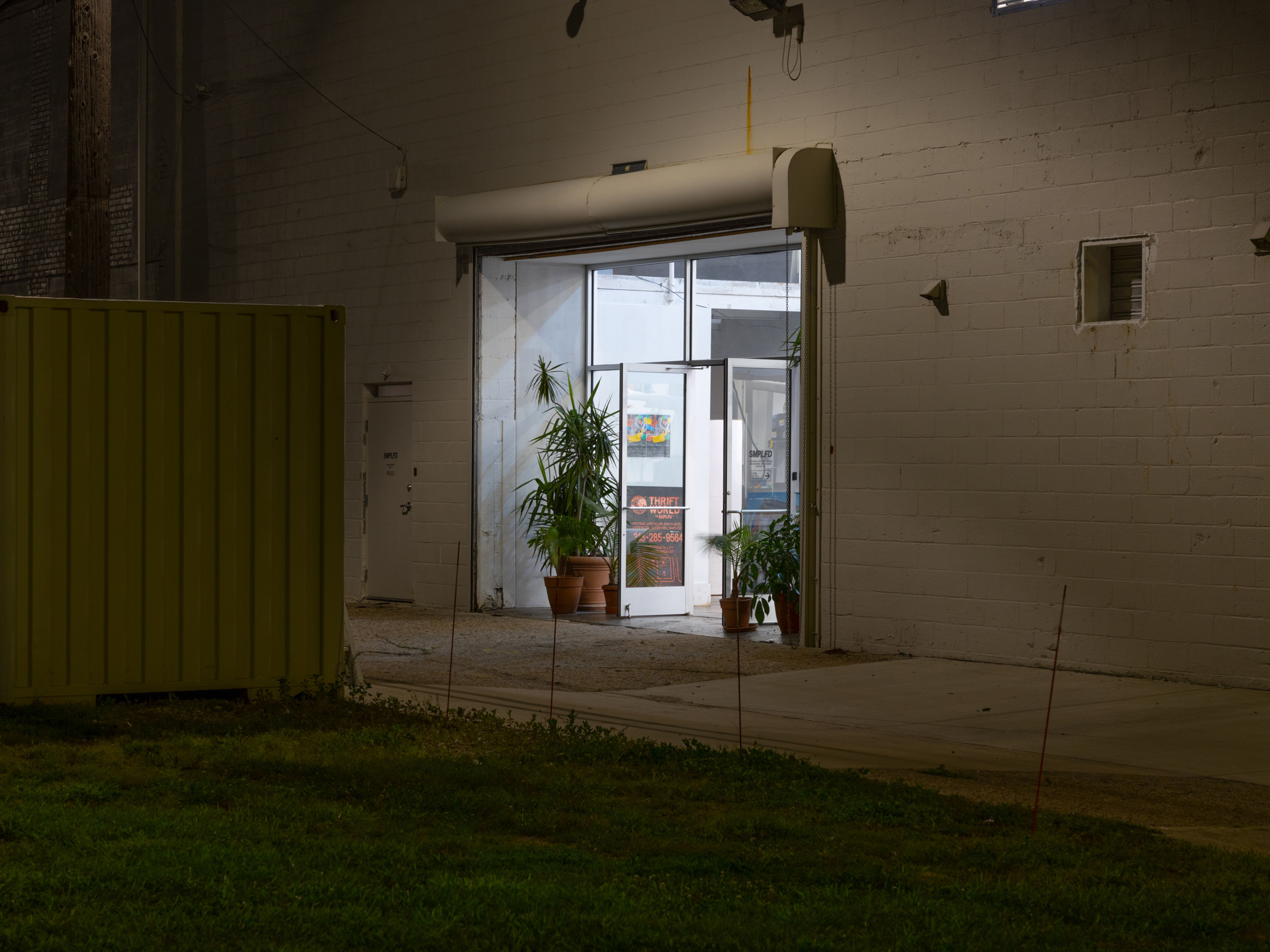DTF vs. Screen Printing: Why Screen Printing Still Leads the Pack (for now)
In the world of custom apparel printing, both Direct-to-Film (DTF) and screen printing have their merits. While DTF is gaining traction as a versatile and innovative method, screen printing remains the industry standard, especially for larger orders and designs that demand durability and vibrancy. Here’s a comparison to help you understand why screen printing still holds the crown, even as DTF technology evolves.
Direct-to-Film (DTF) Printing
DTF is an advanced printing method where designs are printed onto a special film and then transferred to fabric using heat. It’s known for its versatility and ability to print on a wide range of fabrics.
Pros of DTF Printing:
- Versatile Fabric Compatibility: Works on a variety of materials, including cotton, polyester, blends, and synthetics.
- Vibrant Colors: Capable of producing bright, bold designs on both light and dark fabrics.
- No Fabric Pre-Treatment Required: Streamlines the printing process, making it quicker and more efficient.
- Low Minimum Orders: Suitable for small runs or one-off designs without the need for bulk ordering.
Cons of DTF Printing:
- Durability Concerns: While DTF prints are durable, they may not yet match the longevity of screen printing, especially on heavily worn items.
- Heavier Print Feel: DTF prints can have a slightly heavier feel, which may be less desirable for certain garments.
- Still-Emerging Technology: DTF is relatively new, and while it’s improving, it hasn’t yet surpassed the quality and reliability of screen printing in all cases.
Screen Printing
Screen printing is a time-tested method that uses a stencil and ink to create bold, vibrant designs. It’s particularly well-suited for high-volume orders and designs that need to last.
Pros of Screen Printing:
- Unmatched Durability: Screen printing is known for its long-lasting prints that withstand frequent wear and washing.
- Vibrant, Bold Colors: Produces rich, solid colors that remain vibrant over time.
- Cost-Effective for Large Orders: The more you print, the more economical it becomes, making it ideal for bulk production.
- Proven Reliability: Decades of use have established screen printing as a dependable method for high-quality results.
Cons of Screen Printing:
- Limited Color Complexity: While great for bold designs, screen printing is less suited for highly detailed, multi-color images.
- Higher Initial Costs: Best for large orders due to setup costs associated with creating screens for each design.
Why Screen Printing Still Leads
For large orders, durable prints, and designs that need to stand the test of time, screen printing continues to be the go-to method. Its ability to produce vibrant, long-lasting prints makes it the preferred choice for businesses and organizations needing consistent, high-quality results.
The Future of DTF
However, it’s worth noting that DTF is quickly evolving. As technology advances, we may see DTF printing become more comparable to screen printing in terms of durability and feel. For now, though, screen printing remains the leader, particularly for larger orders and projects where reliability and longevity are paramount.
2905 Beaufait Street
Detroit, MI
Weekdays, 8:30-5:30PM
313.285.9564
printing@smplfd.com
